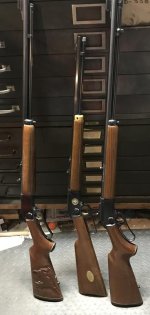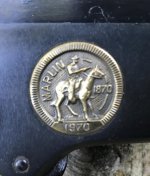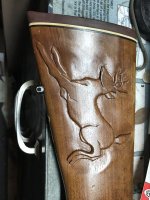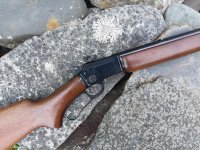VaTom
Member
Great information. I was googling and saw this link right here in my backyard.
Question please. Does the JM stamp on the barrel important to the value? I see it stands for John Marlin. Other Marlins' have no stamp or REM (Remington barrel)?
Thanks
To the Marlin collector the JM is important and most feel it is a better quality than those without it. Shows the rifle was built before the Remington take over. Sort of like pinned barrels on the S&W revolvers (1981 or prior) to the revolver collectors. Until I bought my Model 39 I wasn't aware of the significance of the "bullseye" embedded in the stock. It indicates the stock is american walnut. Also so that the buyer could easily pick out a Marlin in the shop where there were a rack full of similar rifles. In older rifles the bulleyes is often missing and only a hole there (my 1958 was like that). You can buy replacements and put them back in like I did.
Last edited:













